Home>Home Appliances>Home Automation Appliances>How To Add IFTTT To Google Home
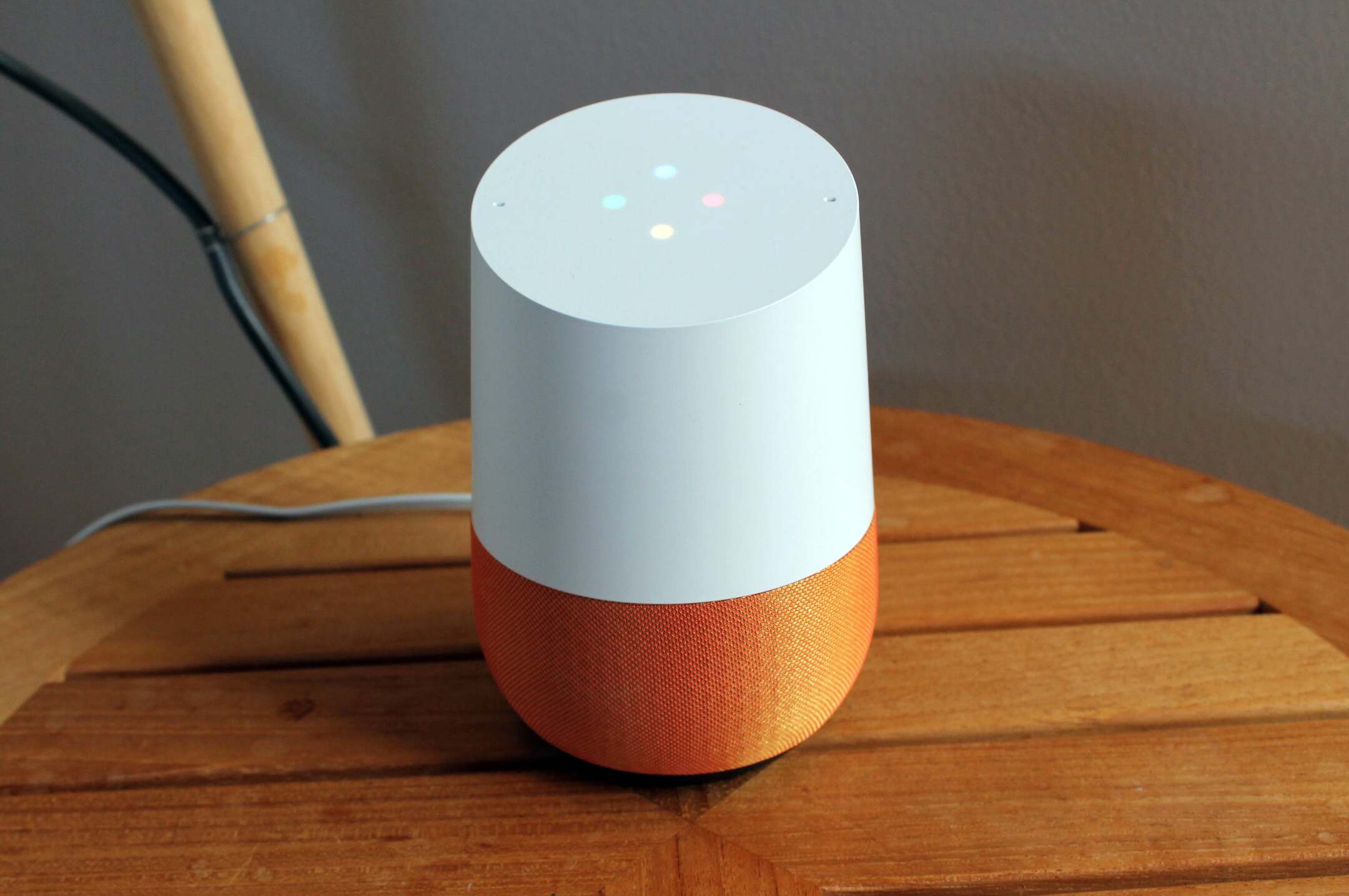

Home Automation Appliances
How To Add IFTTT To Google Home
Published: December 23, 2023
Learn how to integrate IFTTT with Google Home for seamless control of your home automation appliances. Simplify your smart home setup today!
(Many of the links in this article redirect to a specific reviewed product. Your purchase of these products through affiliate links helps to generate commission for Storables.com, at no extra cost. Learn more)
Introduction
Smart home technology has revolutionized the way we interact with our living spaces, offering unparalleled convenience and control. Among the myriad of innovative devices and platforms available, Google Home stands out as a versatile and powerful smart speaker that seamlessly integrates into the modern home. With its ability to connect and control various smart devices, Google Home has become a cornerstone of smart home ecosystems.
One of the most exciting aspects of Google Home is its compatibility with IFTTT, an acronym for "If This, Then That." IFTTT is a free web-based service that allows users to create chains of simple conditional statements, called applets, which are triggered based on changes to other web services and devices. When combined with Google Home, IFTTT opens up a world of possibilities, enabling users to automate tasks, connect different apps and devices, and personalize their smart home experience.
In this comprehensive guide, we will delve into the intricacies of integrating IFTTT with Google Home, exploring the seamless synergy between these two platforms and unlocking the full potential of smart home automation. Whether you're a tech enthusiast looking to streamline your daily routines or a newcomer to the world of smart home technology, this guide will equip you with the knowledge and tools to harness the power of IFTTT and Google Home.
Join us as we embark on a journey to discover the seamless integration of IFTTT with Google Home, empowering you to take control of your smart home environment with unparalleled ease and flexibility.
Key Takeaways:
- Automate your smart home with IFTTT and Google Home by creating custom applets to trigger specific actions, from controlling devices to receiving personalized notifications, enhancing convenience and connectivity.
- Troubleshoot integration issues by reviewing trigger conditions, checking connectivity and permissions, and reauthorizing devices to ensure a seamless and responsive smart home experience.
Read more: How To Add Google Wi-Fi To Google Home
What is IFTTT?
IFTTT, short for "If This, Then That," is a versatile web-based service that facilitates seamless integration and automation of various apps, devices, and web services. At its core, IFTTT operates on the principle of conditional statements, where a specific action is triggered when a predefined condition is met. These conditional statements, known as applets, form the building blocks of IFTTT’s functionality, enabling users to create personalized automation rules tailored to their unique preferences and requirements.
With IFTTT, users can effortlessly connect and synchronize a diverse range of services and devices, including smart home appliances, social media platforms, productivity apps, and more. This interoperability allows for the creation of intricate automation sequences, where a trigger event in one service or device initiates a corresponding action in another, fostering a seamless and interconnected digital ecosystem.
Central to IFTTT’s appeal is its user-friendly interface and intuitive design, which empowers individuals, regardless of their technical expertise, to craft custom automation rules without the need for complex programming or scripting. By leveraging IFTTT’s extensive library of supported services and devices, users can automate routine tasks, receive personalized notifications, and orchestrate interactions between their favorite apps and gadgets.
Furthermore, IFTTT offers a vast repository of pre-built applets created by both the IFTTT team and the user community, covering an array of use cases and scenarios. These ready-made applets serve as valuable templates, providing inspiration and practical solutions for automating everyday activities, enhancing productivity, and maximizing the utility of connected devices.
Whether it’s integrating smart lighting with weather forecasts, automating social media posts, or receiving notifications based on specific triggers, IFTTT empowers users to tailor their digital experiences to align with their unique preferences and lifestyles. The platform’s adaptability and versatility make it a valuable tool for streamlining workflows, simplifying daily routines, and unlocking the full potential of interconnected technologies.
In the next section, we will explore the seamless integration of IFTTT with Google Home, unveiling the boundless possibilities that arise from combining these two powerful platforms.
Setting up IFTTT with Google Home
Integrating IFTTT with Google Home is a straightforward process that empowers users to seamlessly link their smart home devices and services, enabling intuitive automation and personalized interactions. To begin the setup, users must first ensure that they have both a Google Home device and an IFTTT account, which can be easily created through the IFTTT website or mobile app.
Once the prerequisites are in place, the integration process involves the following key steps:
- Connecting Google Home to IFTTT: To establish the connection between Google Home and IFTTT, users need to navigate to the IFTTT website or app and locate the Google Assistant service. By enabling the Google Assistant service and linking it to their Google account, users grant IFTTT the necessary permissions to interact with their Google Home device.
- Authorizing Device Access: After linking the Google Assistant service, users are prompted to authorize IFTTT to access their Google Home device. This step ensures that IFTTT can communicate with Google Home and execute applets based on predefined triggers and actions.
- Exploring Applet Options: With the connection established, users gain access to a wealth of pre-existing Google Assistant applets or the option to create custom applets tailored to their specific needs. These applets serve as the building blocks of automation, allowing users to define trigger events and corresponding actions that integrate seamlessly with their Google Home ecosystem.
By following these steps, users can effortlessly bridge the gap between IFTTT and Google Home, unlocking a myriad of possibilities for automating tasks, orchestrating interactions between smart devices, and personalizing their smart home experience to align with their preferences and routines.
As the integration process concludes, users are poised to explore the full potential of IFTTT’s seamless synergy with Google Home, leveraging the power of conditional automation to streamline their daily lives and enhance the functionality of their smart home environment.
In the subsequent section, we will delve into the creation and utilization of IFTTT applets with Google Home, unveiling the versatility and practicality of this integration in shaping a truly interconnected and intelligent living space.
To add IFTTT to Google Home, open the Google Home app, tap on “Add,” then “Set up device,” and select “Have something already set up?” Choose IFTTT and follow the prompts to link your accounts.
Creating and using IFTTT applets with Google Home
Once the integration between IFTTT and Google Home is established, users gain access to a wealth of possibilities for creating and utilizing custom applets that seamlessly integrate with their Google Home ecosystem. These applets serve as the foundation for automating interactions, enabling users to define specific triggers and corresponding actions that cater to their unique preferences and requirements.
Creating an IFTTT applet tailored to Google Home involves the following key steps:
- Trigger Selection: Users begin by selecting a trigger that initiates the applet. With Google Home as the focal point, triggers can range from voice commands, such as “Hey Google” followed by a specific phrase, to specific events or conditions within the Google Home environment, such as a change in device status or the activation of a routine.
- Action Customization: Once the trigger is defined, users specify the corresponding action that Google Home should execute in response to the trigger event. This action can encompass a wide array of possibilities, including controlling smart home devices, playing music or podcasts, providing personalized responses, sending notifications, or interacting with other compatible services and platforms.
- Applet Refinement: Users have the flexibility to further refine their applets by incorporating additional conditions, filters, or parameters to tailor the automation sequence to their precise requirements. This customization ensures that the applet operates seamlessly within the context of their smart home environment, delivering a personalized and intuitive experience.
Once the applet is created and activated, users can leverage the power of conditional automation to orchestrate a diverse range of interactions and tasks within their Google Home ecosystem. Whether it’s automating the activation of smart lighting in response to specific voice commands, integrating Google Home with other smart devices and services, or receiving personalized notifications based on predefined triggers, the possibilities are virtually limitless.
Furthermore, IFTTT offers a user-friendly interface and an extensive library of pre-existing applets created by the community, providing inspiration and practical solutions for enhancing the functionality and interconnectivity of Google Home. Users can explore and utilize these ready-made applets to streamline their routines, maximize productivity, and unlock the full potential of their smart home environment.
In the subsequent section, we will address common issues and provide troubleshooting tips for optimizing the integration between IFTTT and Google Home, ensuring a seamless and reliable smart home experience.
Troubleshooting common issues with IFTTT and Google Home integration
While the integration of IFTTT with Google Home offers a seamless and powerful means of automating interactions within the smart home environment, users may encounter occasional challenges or issues that impact the functionality of their automation sequences. By addressing common issues and providing troubleshooting tips, users can optimize the integration and ensure a reliable and consistent smart home experience.
Some common issues that may arise when integrating IFTTT with Google Home include:
- Intermittent Trigger Responses: Users may experience instances where the trigger events defined within their IFTTT applets do not consistently initiate the corresponding actions on Google Home. This can disrupt the automation flow and impact the reliability of smart home interactions.
- Delayed Action Execution: In some cases, the execution of actions specified within applets may exhibit delays, leading to a lag in the responsiveness of Google Home to trigger events. This delay can hinder the seamless automation of tasks and interactions.
- Device Synchronization Issues: Users may encounter challenges in ensuring that all smart devices within their home environment are effectively synchronized with Google Home through IFTTT, leading to inconsistencies in device control and automation.
To address these issues and optimize the integration between IFTTT and Google Home, users can implement the following troubleshooting measures:
- Review Trigger Conditions: Users should review the trigger conditions defined within their applets to ensure that they align with the expected behavior of their smart home environment. Adjusting trigger conditions based on specific device states, network connectivity, or voice command clarity can enhance the reliability of trigger responses.
- Check Connectivity and Permissions: Verifying the connectivity and permissions granted to IFTTT and Google Home is essential to ensure seamless communication between the platforms. Users should confirm that the necessary authorizations and access permissions are in place for both IFTTT and Google Home to interact effectively.
- Device Reauthorization: Reauthorizing the connected devices and services within the IFTTT and Google Home environments can resolve synchronization issues and ensure that all integrated devices are consistently accessible for automation and control.
By implementing these troubleshooting measures and proactively addressing common integration issues, users can optimize the functionality and reliability of their IFTTT applets within the Google Home ecosystem, fostering a seamless and responsive smart home experience.
With these troubleshooting tips in mind, users can confidently harness the power of IFTTT and Google Home to automate tasks, personalize interactions, and unlock the full potential of their smart home environment.
Read more: How To Add Camera To Google Home
Conclusion
The integration of IFTTT with Google Home represents a paradigm shift in the realm of smart home automation, empowering users to orchestrate personalized interactions, automate tasks, and streamline their daily routines with unparalleled ease and flexibility. By seamlessly linking these two powerful platforms, individuals can unlock a wealth of possibilities for customizing their smart home environment and enhancing their digital experiences.
Through the creation and utilization of custom applets, users can define intricate automation sequences that cater to their unique preferences and requirements, leveraging conditional statements to trigger specific actions within the Google Home ecosystem. Whether it’s controlling smart devices, receiving personalized notifications, or orchestrating interactions between various services and platforms, the synergy between IFTTT and Google Home offers boundless opportunities for enhancing convenience and connectivity.
While the integration process is relatively straightforward, users may encounter occasional challenges that impact the reliability and responsiveness of their smart home automation. By implementing targeted troubleshooting measures and optimizing the configuration of their applets, users can overcome common integration issues and ensure a seamless and consistent smart home experience.
As the smart home landscape continues to evolve, the integration of IFTTT with Google Home stands as a testament to the transformative potential of interconnected technologies. By embracing the power of conditional automation and personalized interactions, users can shape a truly intelligent living space that adapts to their needs, preferences, and daily rhythms.
Whether it’s simplifying daily tasks, enhancing productivity, or fostering a more connected and efficient living environment, the integration of IFTTT with Google Home empowers users to embark on a journey of discovery and innovation within the realm of smart home technology.
As we look to the future, the seamless synergy between IFTTT and Google Home will continue to redefine the possibilities of smart home automation, offering users unprecedented control, customization, and convenience at their fingertips.
Join us in embracing the transformative potential of IFTTT and Google Home, and embark on a journey to shape a smarter, more connected, and harmonious living space that reflects your unique lifestyle and preferences.
Frequently Asked Questions about How To Add IFTTT To Google Home
Was this page helpful?
At Storables.com, we guarantee accurate and reliable information. Our content, validated by Expert Board Contributors, is crafted following stringent Editorial Policies. We're committed to providing you with well-researched, expert-backed insights for all your informational needs.
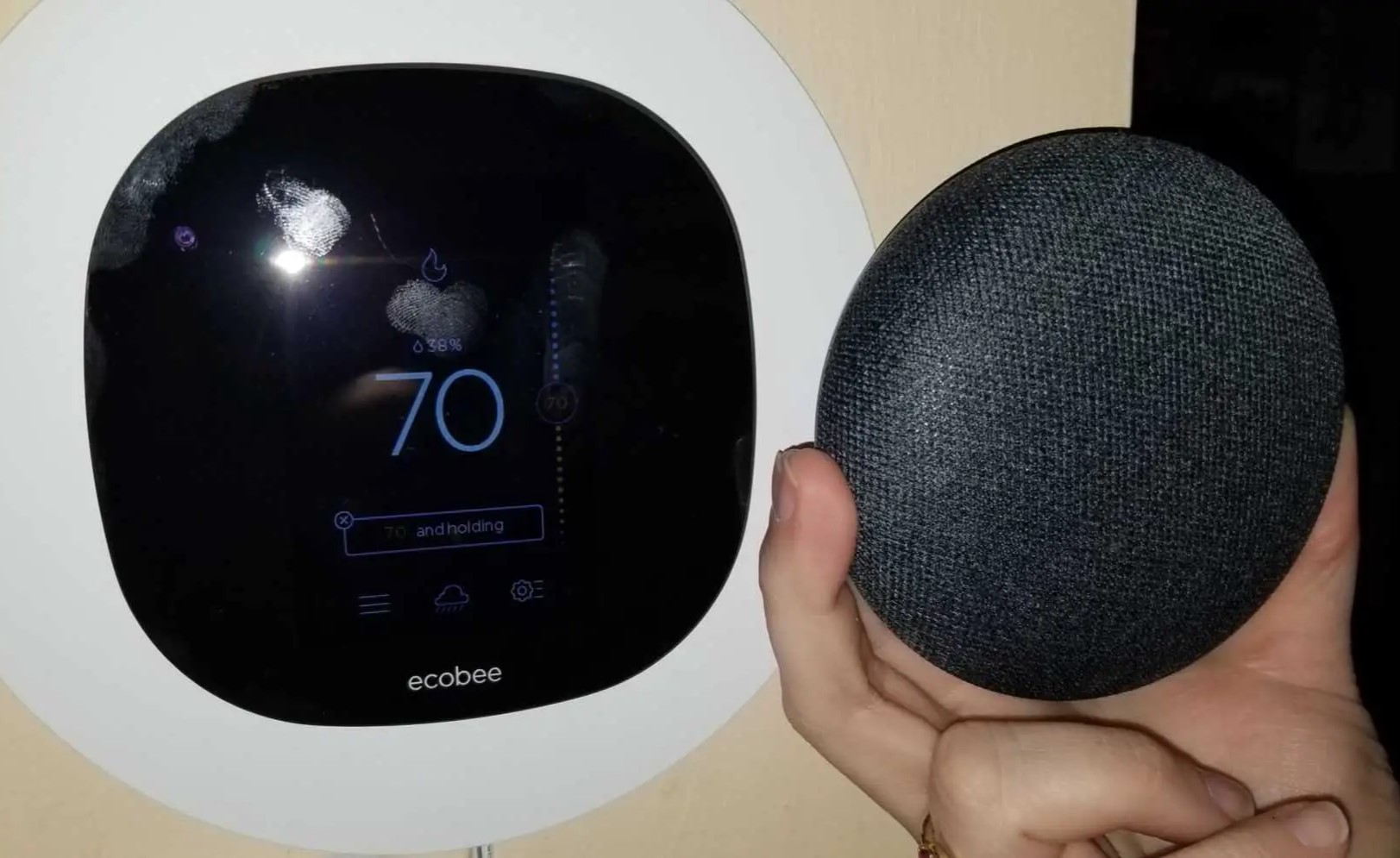
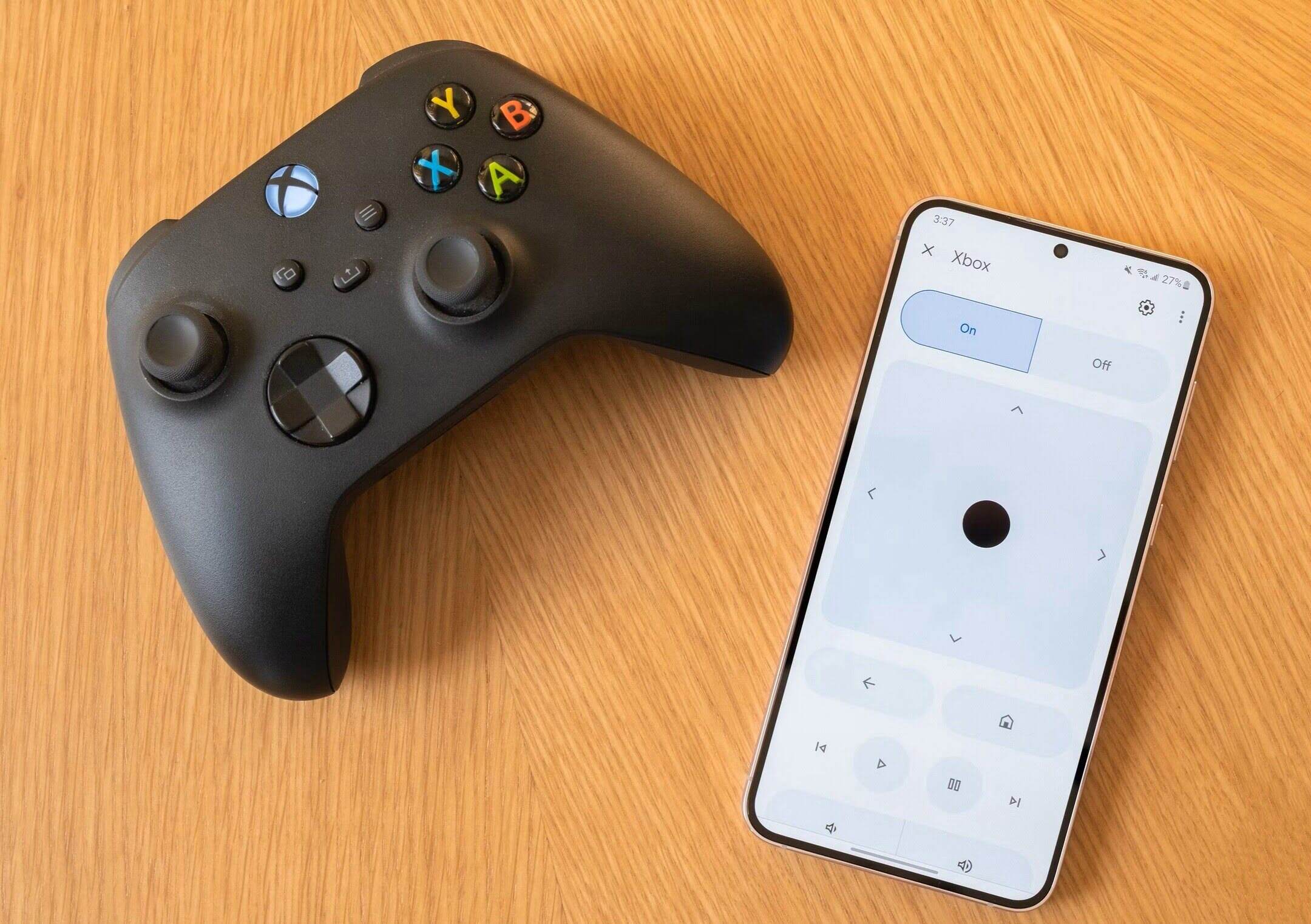
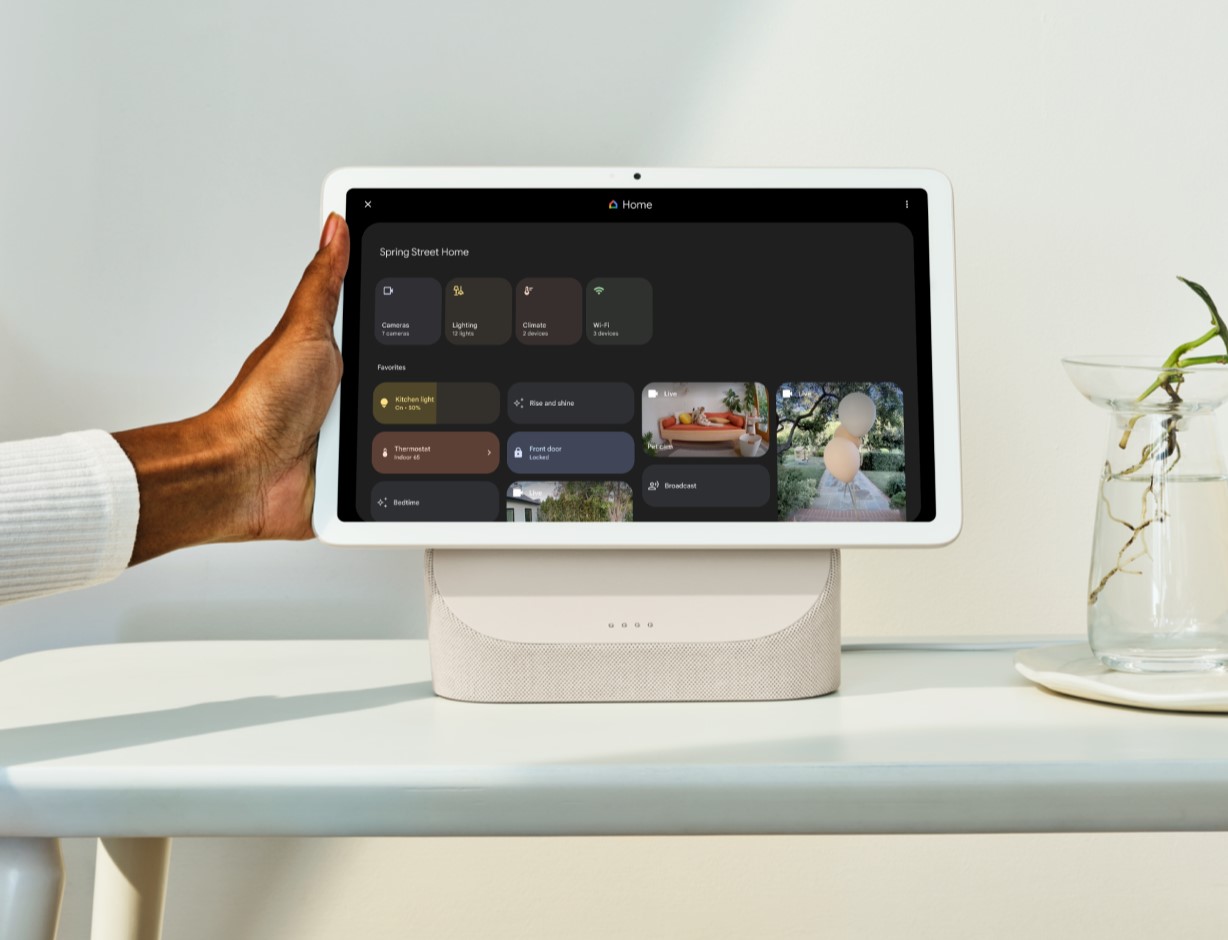
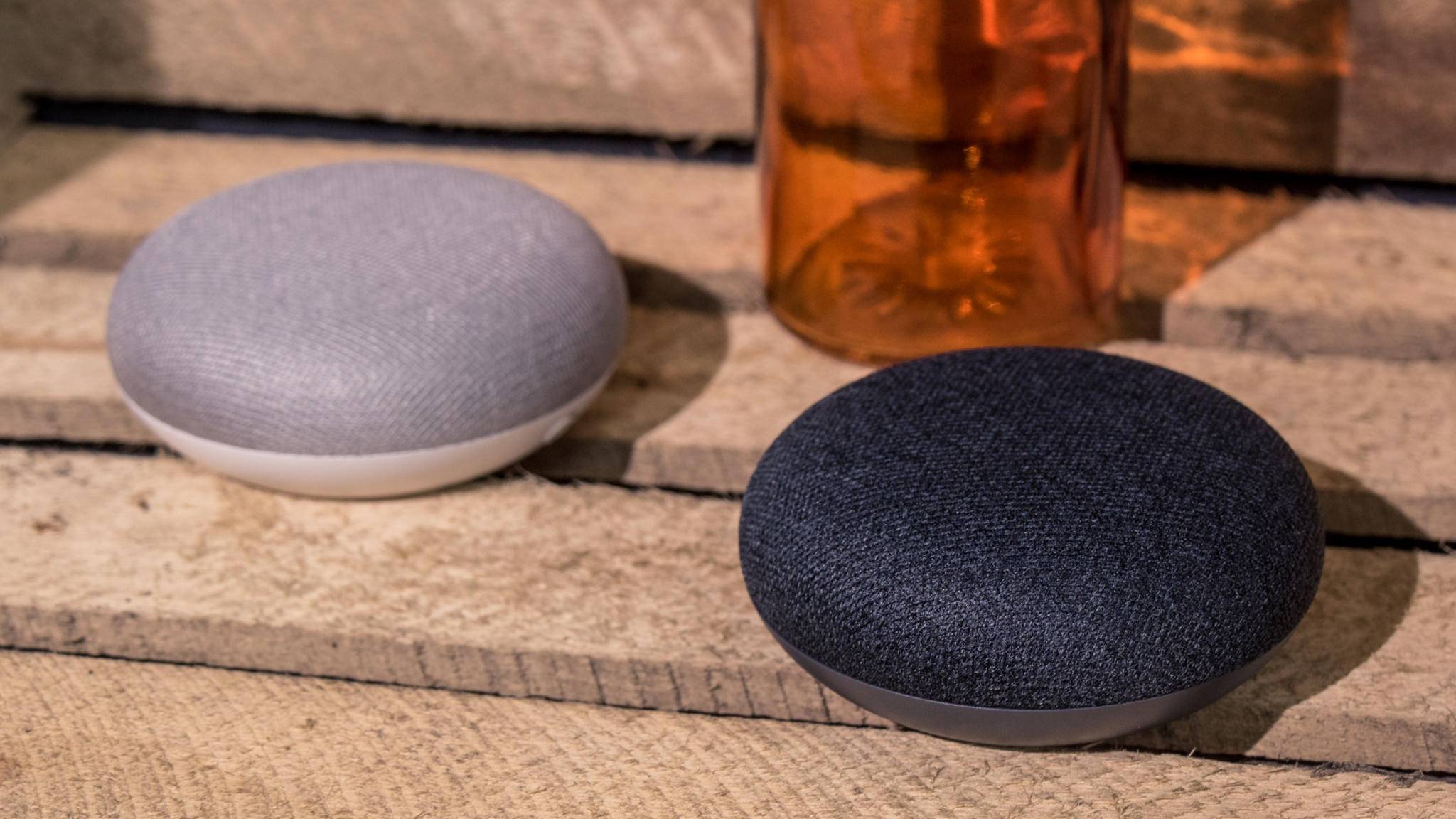
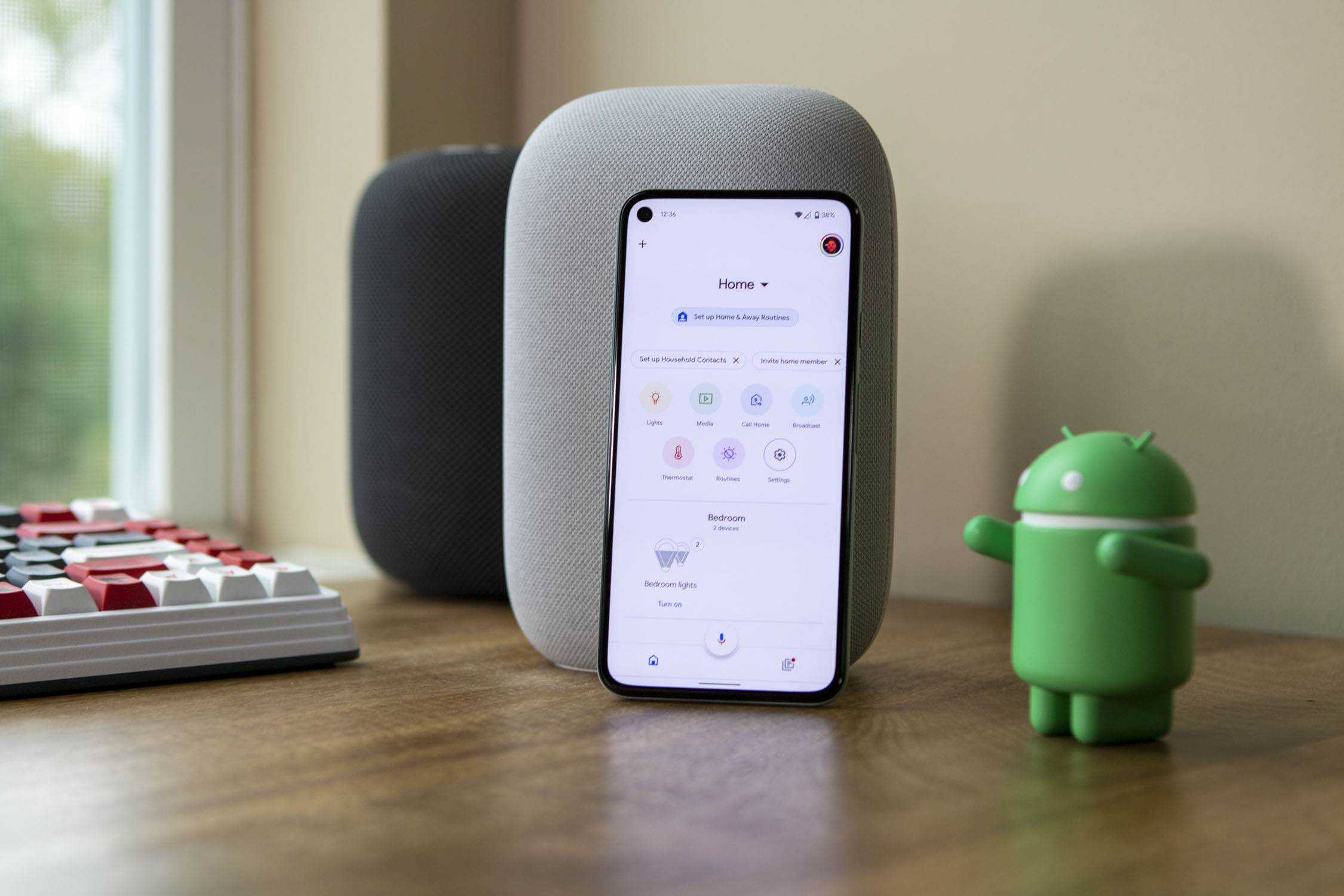
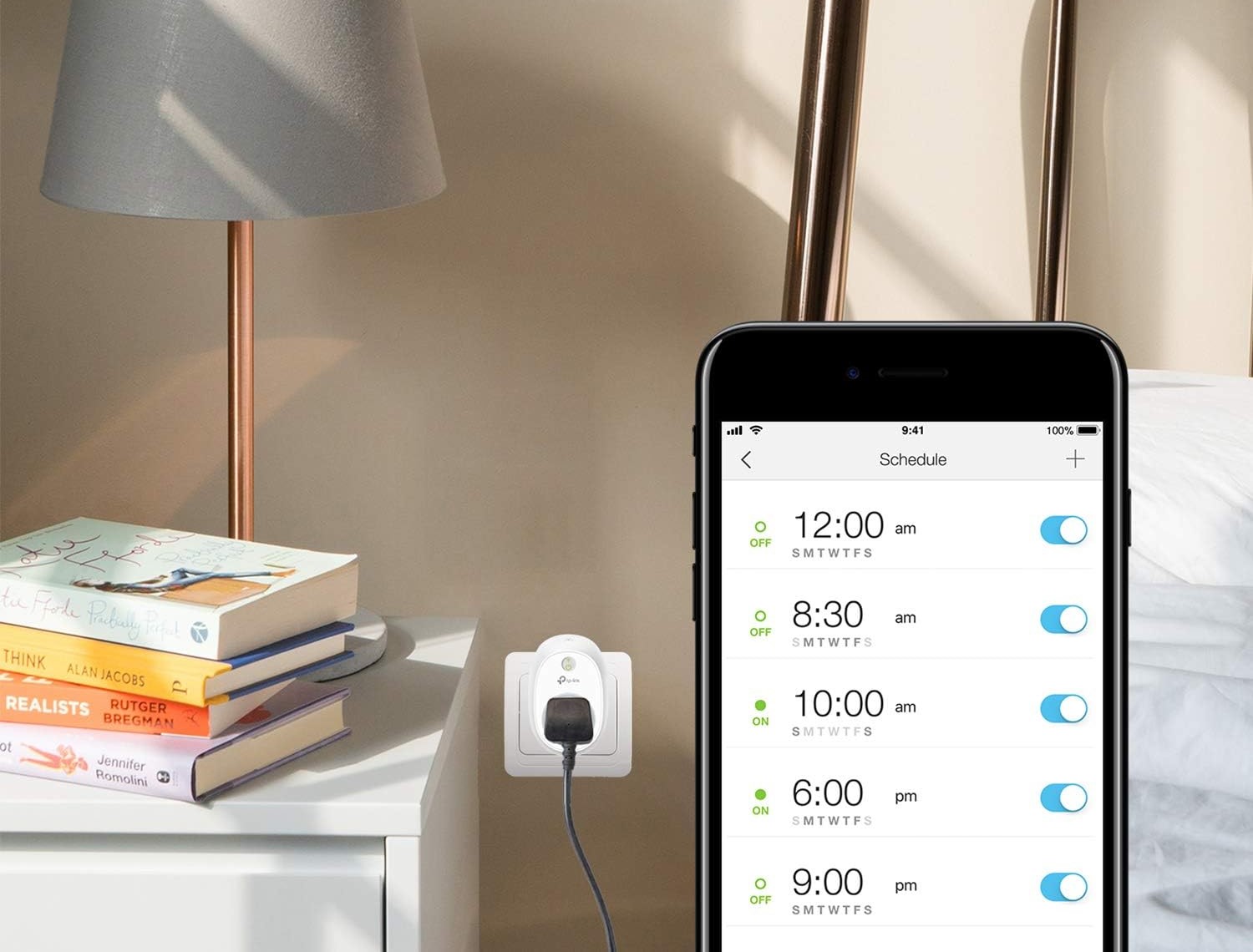
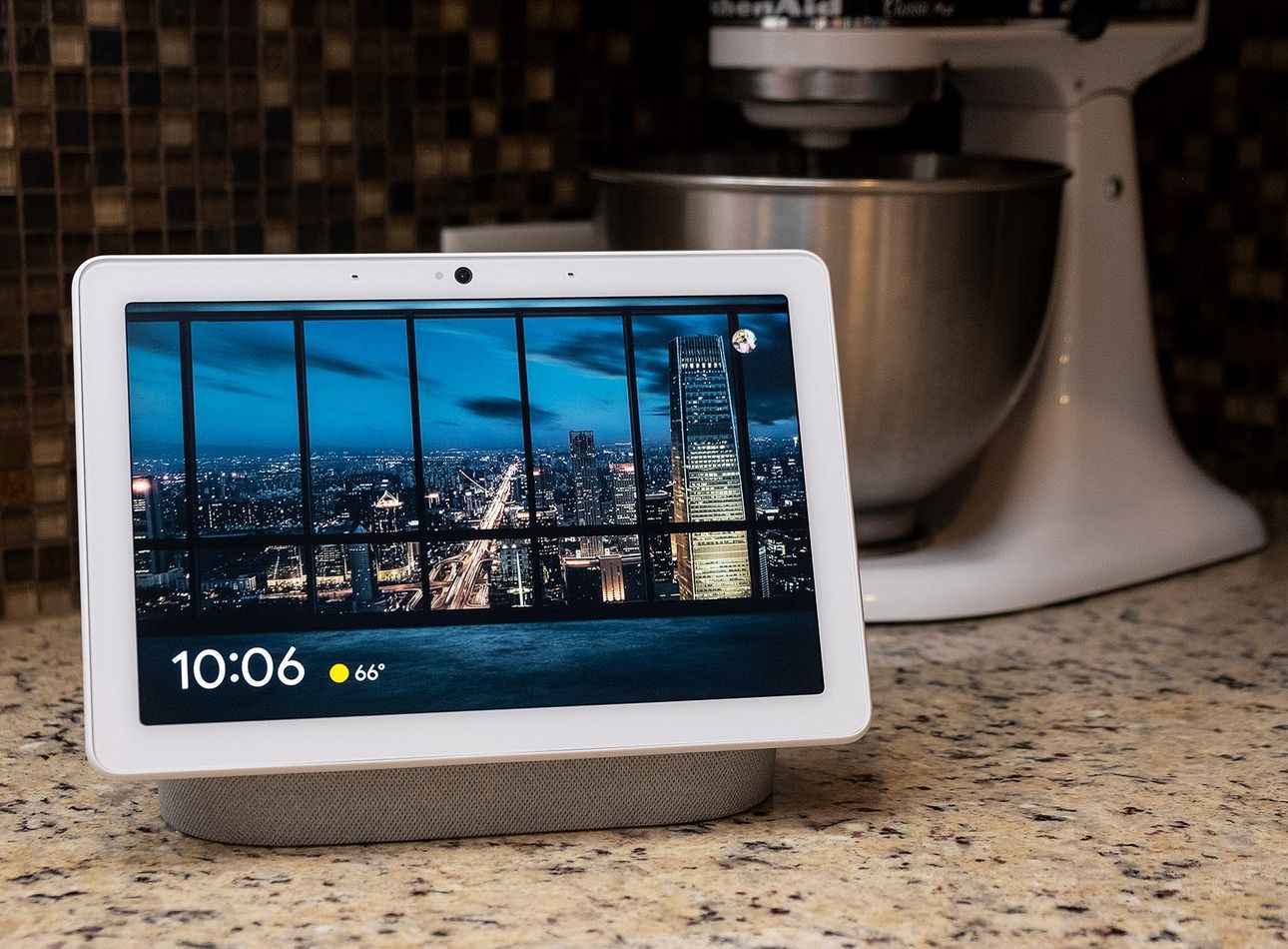
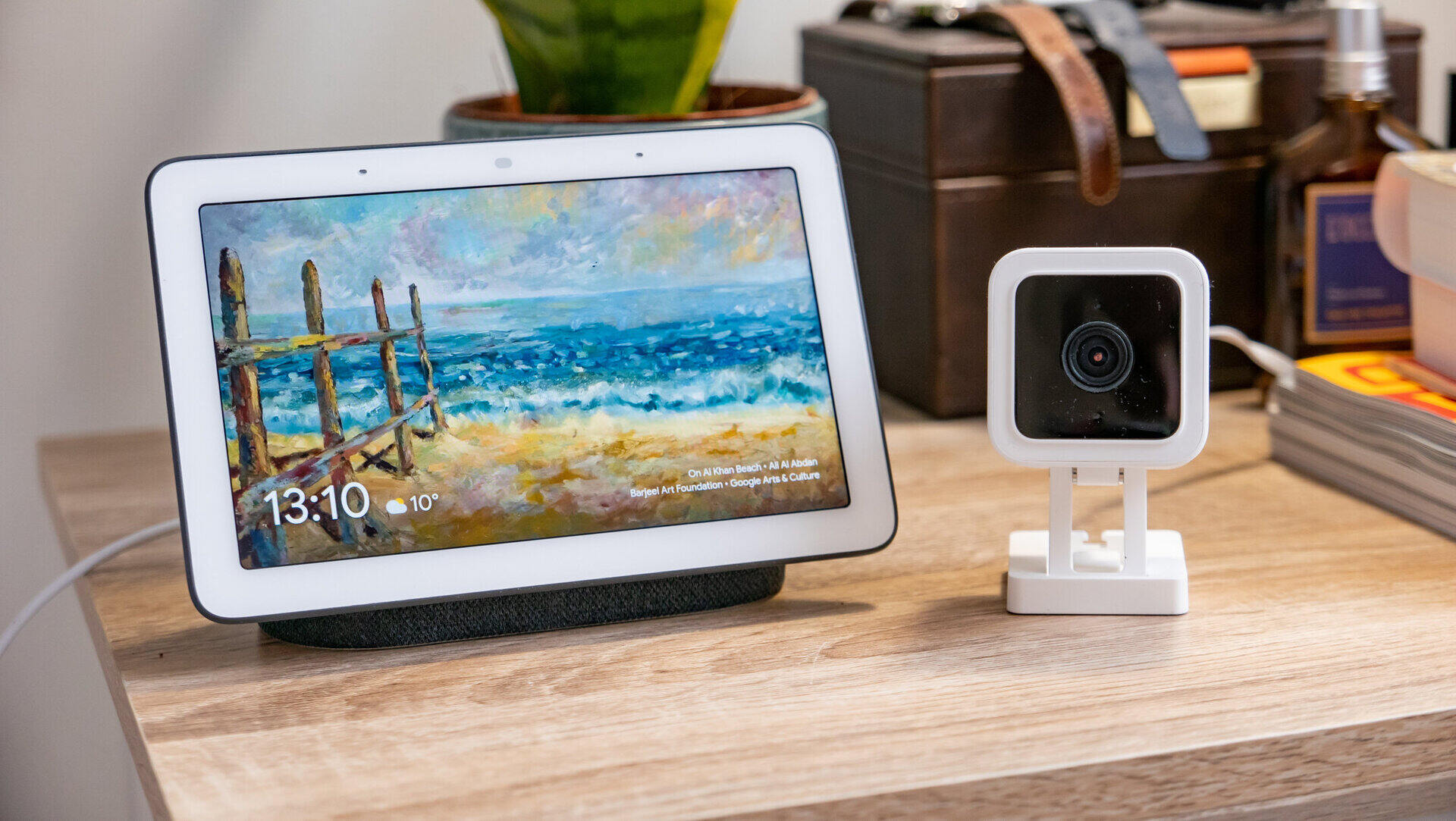
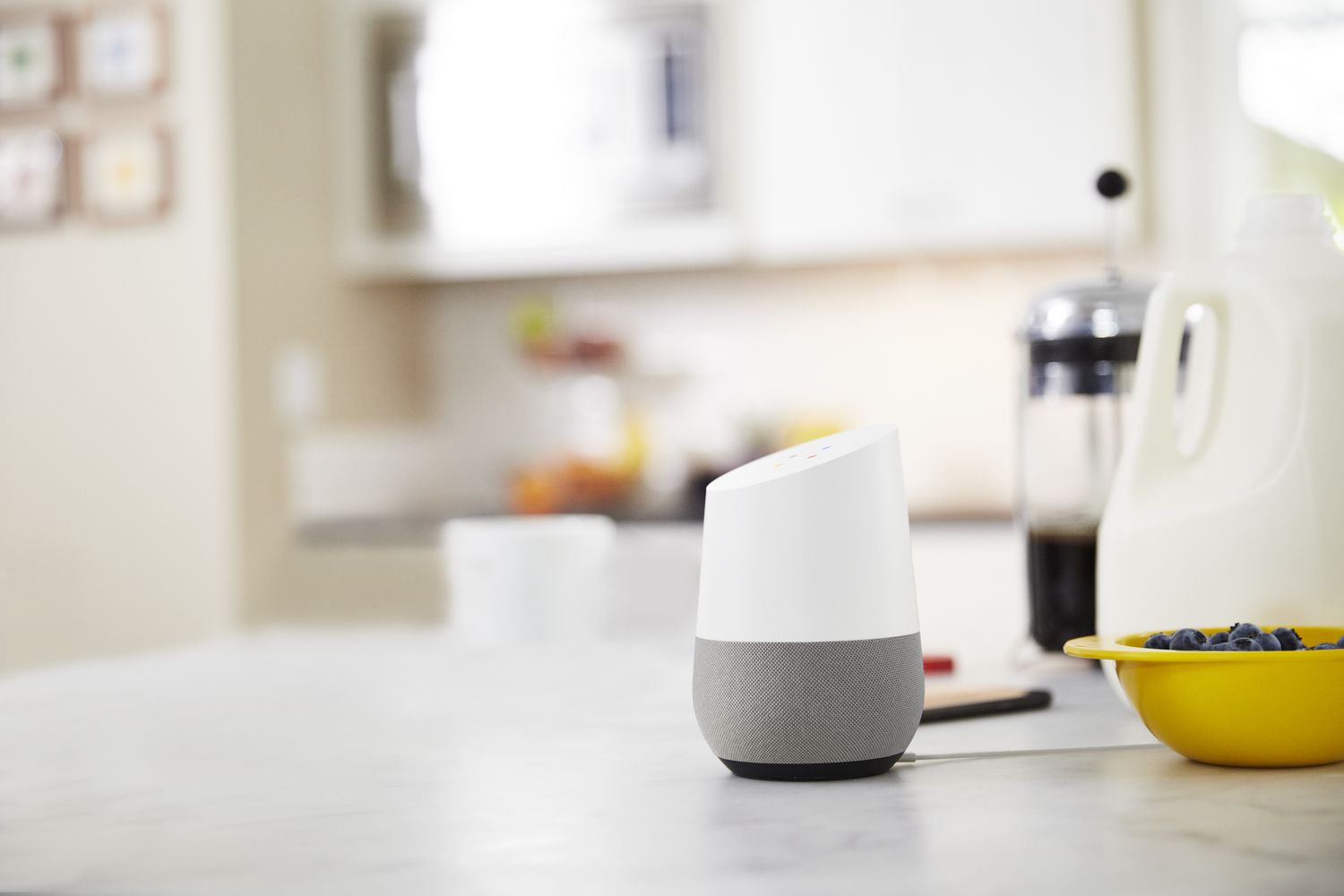
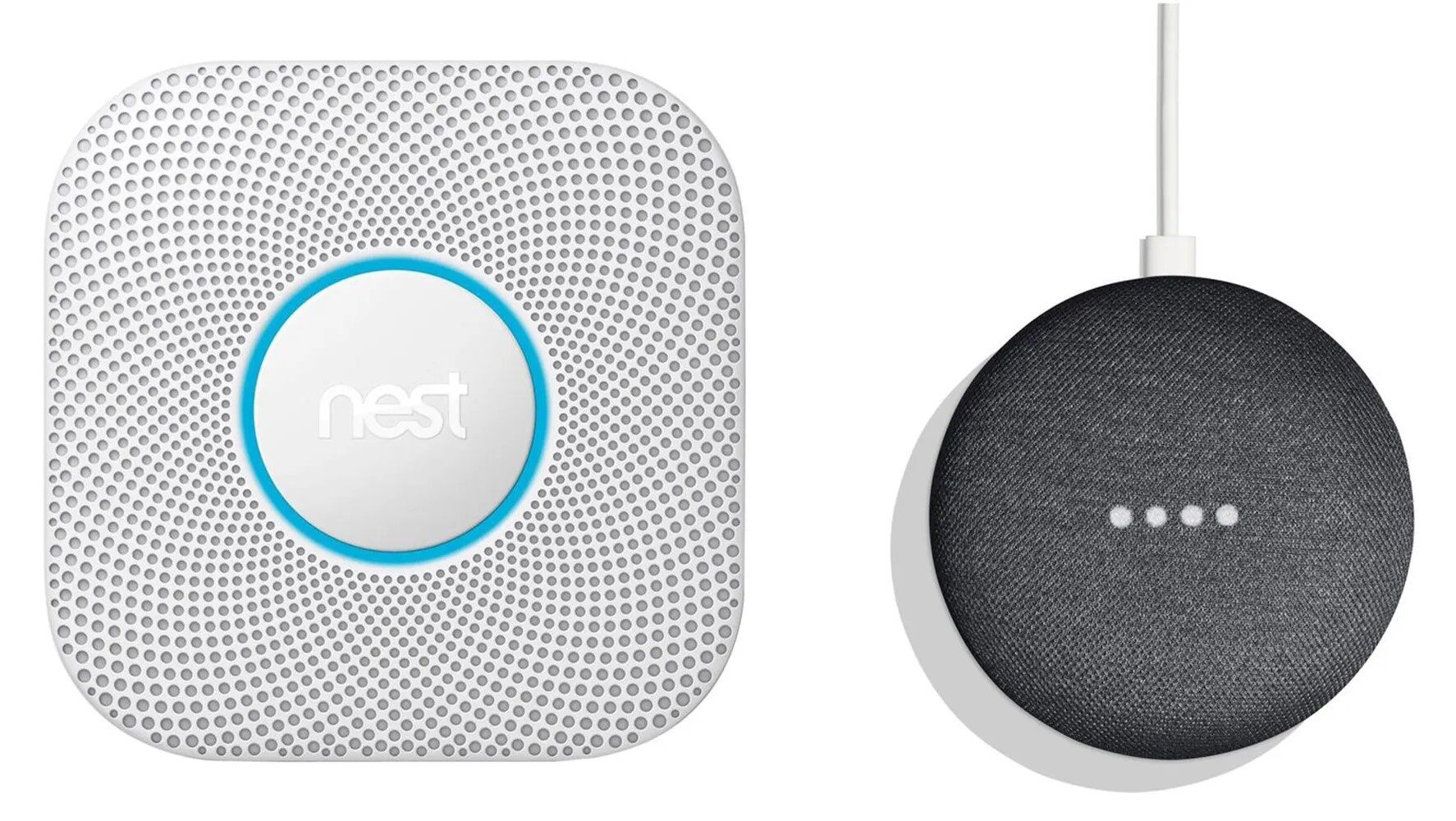
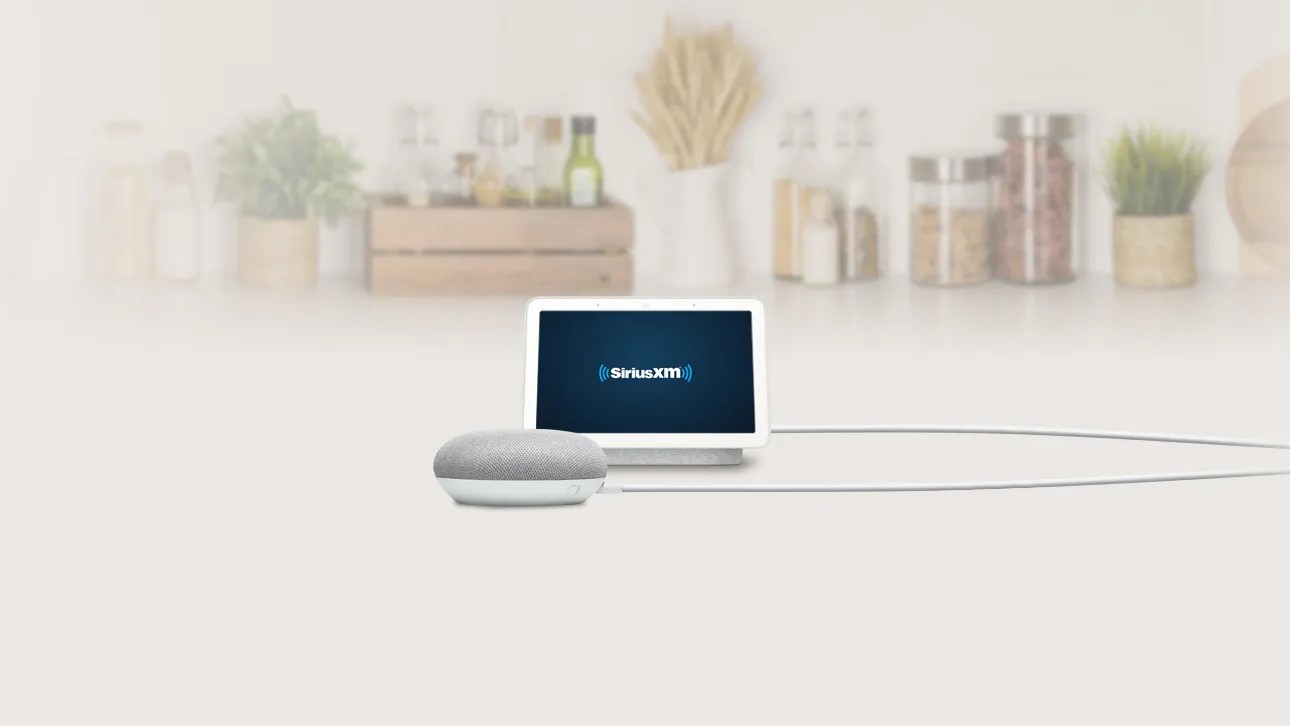
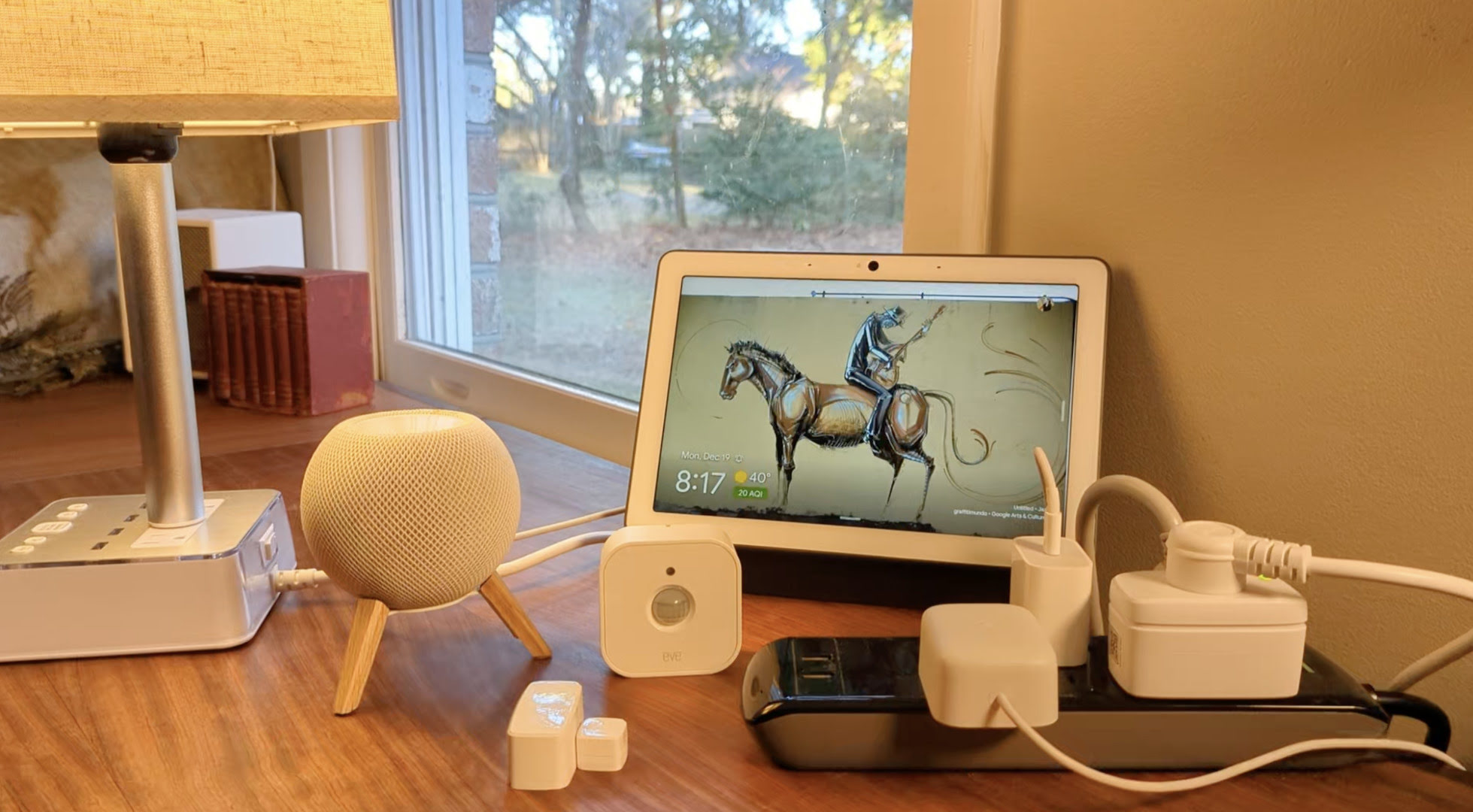
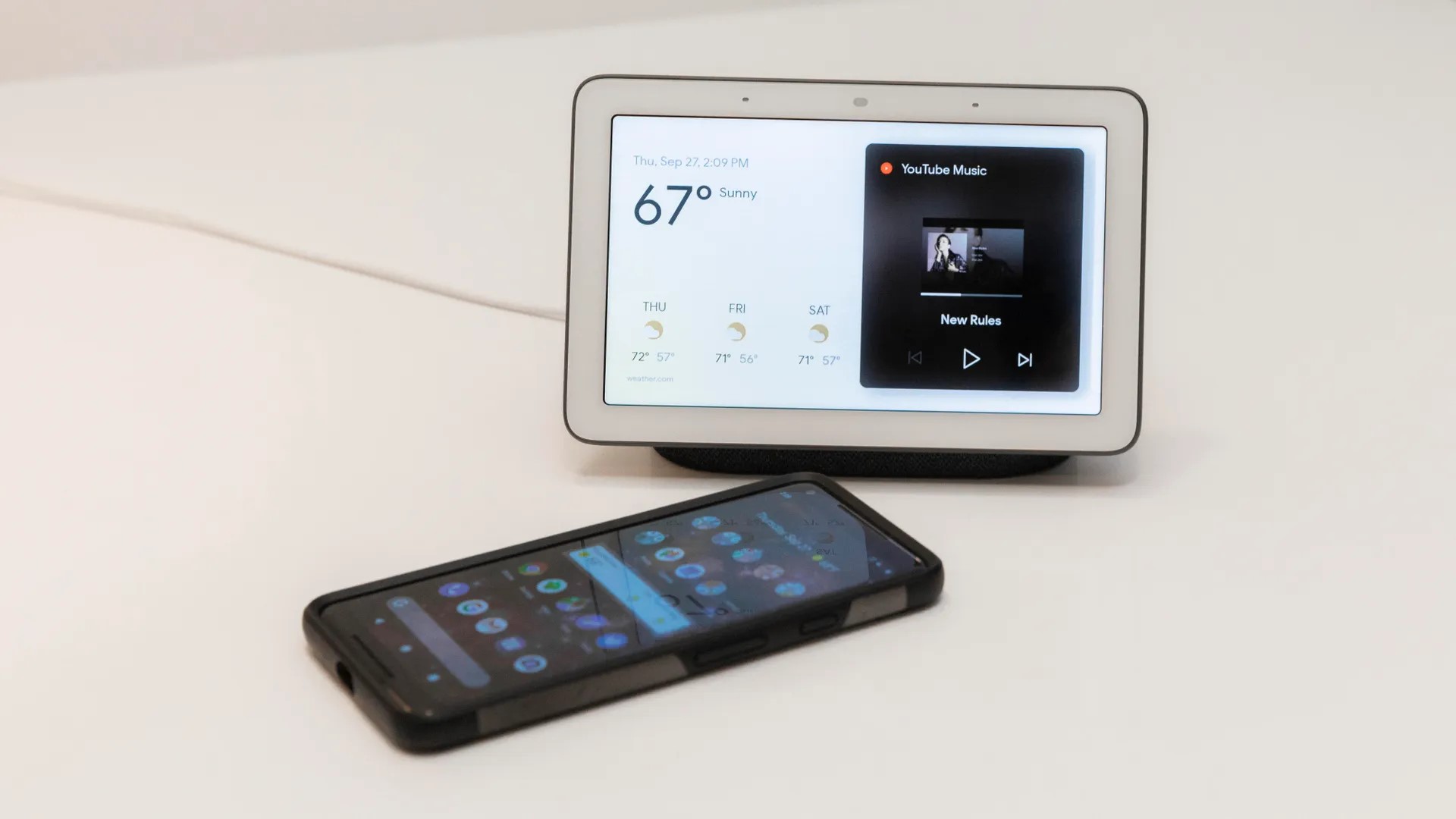
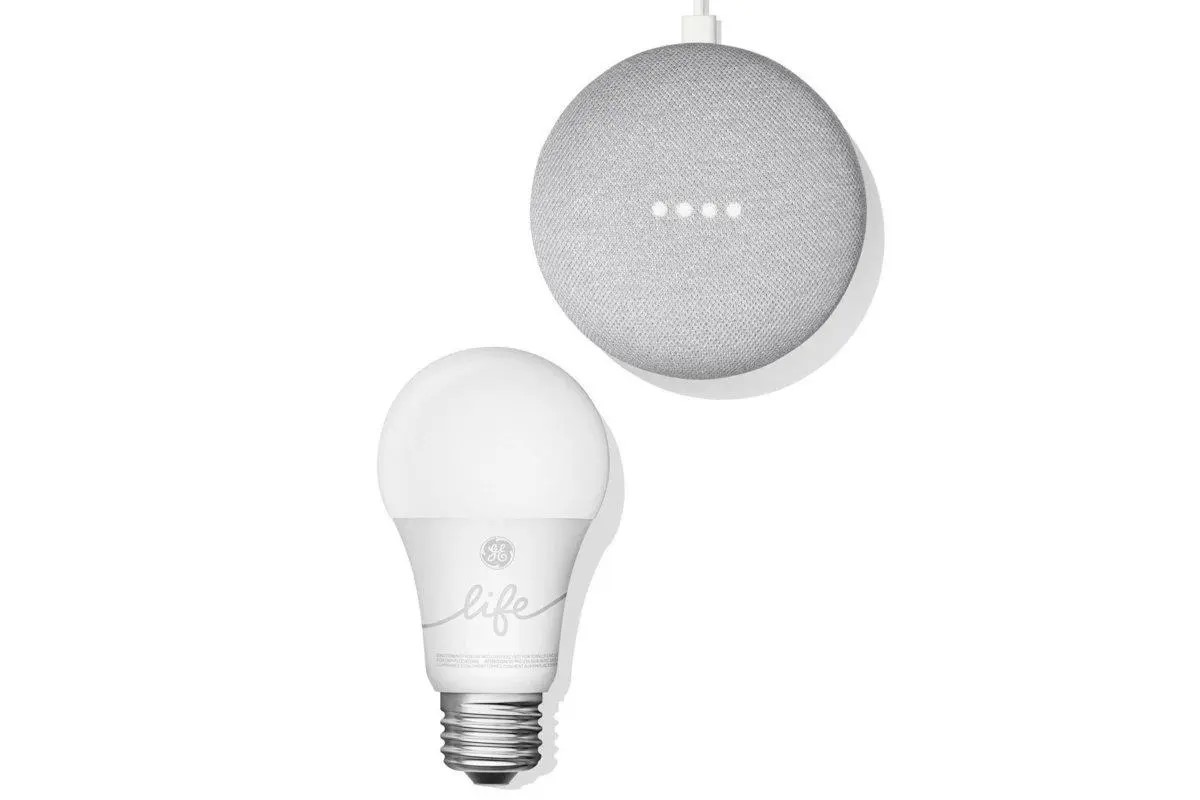

0 thoughts on “How To Add IFTTT To Google Home”